Elden Ring is one of the most fully realized games to release in the past 25 years, so completely filled with new and interesting places, characters, and enemies. Everywhere you turn in FromSoftware’s open-world magnum opus, something new awaits to be discovered just beyond the fog.
It is the culmination of everything Hidetaka Miyazaki and his team ever learned making Souls games. It not only grasps what made its forebears great while discarding what didn’t but expands and evolves their qualities in countless ways.
Elden Ring is a Souls game at its core, but saying so is exceedingly reductive and does a great disservice to the vastness and quality found here. The issues I have with it, mostly technical, fail to detract from its joy and wonder.
Elden Ring Review: Simply Wondrous
The star of any open-world game is the world itself. The Lands Between don’t just set the bar for the genre; they throw the bar high into the air and ask other games to go higher.
The last game to approach this depth of exploration and detail was Breath of the Wild, but comparisons between it and Elden Ring are gross simplifications. Where Hyrule is primarily open fields of varying climates, the Lands Between are an interconnected web of worlds smashed together by an angry god.
Hyrule lacks the sheer density of activities, rewards, and secrets to uncover found in the Lands Between. Traveling through an open area in BotW is about getting from Point A to Point B. There’s not much to discover beyond beautiful vistas and the occasional Moblin camp. Content is isolated to specific zones. And no, the Korok puzzles don’t count.
The Lands Between brim with content. You cannot sneeze without seeing a bit of treasure here, a patrolling group of enemies there, churches and ruins looming in the distance, or towering cliffs and desolate depths hiding things unknown.
Even the bandit camps offer real incentives to overcome. You won’t find just crafting materials here but also experience items, tomes for spell trainers, and even mini-boss enemies to fight. Almost every humanoid enemy drops a weapon and armor set, so resetting camps and clearing them again offers both the chance at new gear and additional experience.
Hidden away in the corners of the Lands Between are also small dungeon complexes of varying complexity, some of them marked on your map, others hidden in the dark corners. The simplest of these might only take a few minutes to explore, but all of them have one of several bosses at the end to test the things you’ve learned.
Beyond Limgrave, with its small, introductory dungeons, you’ll find areas become significantly more labyrinthine, their enemies and other challenges more inscrutable, and their rewards commensurate with their difficulty. Bosses become tougher, as well; some add additional units, others change how they function, and others still are simply harder to fight overall.
It is constantly surprising to find one of these areas; even when they aren’t hidden, there is usually nothing significant marking their location. Occasionally, statues give vague directions, but they’re few and far between. Reaping the rewards of a hidden complex isn’t just material. It is direct compensation for exploring.
After 80 hours and a single roll of the credits, I’ve seen maybe 65% to 70% of Elden Ring. I’m probably overestimating my completion rate, as well. Watching post-release coverage shows at least five new dungeons, an equal amount of weapons and spells, and so many other things I either found and failed to follow up on or simply walked by without a thought.
There is no overstating the immense depth of Elden Ring. Moving from one end of the map to the other takes forever, even on horseback and despite the numerous fast travel Sites of Grace. The difference between this open world and almost any other is its verticality.
The map you see on the surface tells only a piece of the story. Beneath it is an expansive underground, and there are additional hidden areas only revealed when you arrive there. Many of these locations are literally deep, with their map icons telling only their diameter. All of the major story dungeons, called Legacy Dungeons, are multilayered, with you descending and ascending hundreds of feet at a stretch.
Take on the Gods
Your goal as Tarnished is to hunt and kill six demigod shardbearers, which hold fragments of the Elden Ring itself. Finding them takes time and effort, while defeating them takes equal measures of preparedness and skill.
Much ado has been made of Elden Ring being the “most accessible” Souls game. In some ways, that’s partially true. If you come to an impasse, go somewhere else, get more levels, find more gear, and hone your skill on lesser foes. However, some encounters, late-game especially, will stand in your way no matter how much grinding you’ve done.
The options to ease this burden are many. You can summon AI spirits to draw attention and do damage. You can upgrade and out-level your weapons and character. You can even summon other players to help take on a roadblock. None of that ultimately matters if you can’t avoid at least some of a boss’ attacks. You will need to learn these fights unless your friends and cooperators are skilled and geared enough to carry you through.
Worse for newcomers, some bosses could care less about that. Many are incredibly mobile and attack with lightning speed; their health pools are larger than you’d ever expect, too. Every major boss also has two phases. You must learn the first to even have a chance at the second.
But new players are also some of the luckiest because Elden Ring’s best fights are the best in From’s whole library. The cinematic elements, lore implications, and huge adrenaline rush you get from beating them are unparalleled, not only in Souls games but in games as a medium.
It’s a shame, then, that there are a few stinkers buried amongst the gold. Three or four obligatory encounters are annoying, poorly structured, or downright tedious. These unfortunate few do little to sour the whole, but Elden Ring can become an unenjoyable exercise in frustration if you get stuck.
FromSoftware seems to understand the dynamic they’ve created because many roadblock bosses are immediately followed by something amazing. Combine the two experiences, and the bad whittles away.
The variety of bosses is, after all, only one aspect of the combat. The moment-to-moment gameplay is another. Unlike the boss encounters, the weapons and abilities on offer are peerless. You’d be hard-pressed to find an action RPG with more viable weapon and build options than Elden Ring. Dark Souls 2 is the only other contender, but only after its DLCs dropped.
There are probably more than 100 weapons across more than a dozen weapon classes. Each armament has a special ability called an Ash of War, which displays a weapon’s true powers. Some of these are interchangeable, offering different infusion types that force weapons to deal or source damage from different origins.
Other weapons have unique Ashes of War, which almost always offer some powerful benefit or effect. One weapon, in particular, carried me through the end of the game and one of its optional super bosses. I came upon it entirely by chance, and I don’t think I would have finished without it.
My fear is that players who have never played a Souls game will hit a wall the way all veterans have, but they may not have the meta knowledge to overcome it and be left with no solution beyond turning the game off.
It’s one of Elden Ring’s most significant failings: it remains an unapologetic Souls game. While there are numerous ways to accommodate multiple skill levels, it remains frighteningly difficult for the uninitiated. Elden Ring is also intentionally opaque, with many mechanics, systems, abilities, and stories obscured for what might seem like no reason.
The many NPC quests are a prime example. There are no quest logs, no quest markers, no ways to know where or when you might see an NPC again. Progressing in one direction will shutter certain questlines entirely, while others will conflict, making one impossible to finish. Souls games’ famous lore is well-hidden, too. The narrative must be sought, unearthed from item descriptions, the environments, and the NPCs some may never find.
For those who love exploring and uncovering a world and have played previous From games, this is not only expected but desirable. The thrill of discovery, and the exasperating facepalm of brushing right by something, are the mana that feeds. Some are likely to want a more curated experience.
Come On; I Rolled That!
The biggest problems with Elden Ring aren’t related to its story, mechanics, or setting. They are purely technical.
The PC release, whether the preview build provided for this review or the full release with the Day 1 patch, are rough experiences. Hitching, stutters, and crashes plagued my playthrough, and I know save corruption and other issues run rampant across multiple platforms.
That Elden Ring is so held back by its performance alone is a tragedy. The input delay makes it worse. The number of times I have pressed a button and watched as nothing happened is far higher than I can count. Dodging, an integral aspect of a Souls experience, takes about a quarter second to trigger between input and action.
Oddly, this delay is not present for some other inputs. The ones that happen instantly seem random, and few are usable. This delay isn’t unique to Elden Ring. I’ve experienced it back to Demon’s Souls on the PS3. But where it’s manageable there, it’s tougher here because of the framerate issues.
FromSoftware games are built atop each other, with old mechanics and assets reused whenever possible. Code changes, evolves, and expands, but certain things remain constant. When the framerate hitches in Elden Ring, inputs get eaten or happen at odd times. So, while I was hopeful the dodge delay would go out the window by launch, that it remains and is exacerbated by unstable software makes me extraordinarily sad.
A brighter note is composer Yuka Kitamura’s score. The primary composer for the series since Dark Souls 2, Kitamura is a living legend. Responsible for some of the best tracks the series has ever had, she’s outdone herself with Elden Ring. This is the first game to have ambient music, beautiful in its subtlety and melody. The score fits each area perfectly, telling stories with only a few notes, sometimes better than the lore itself.
Combat music blends seamlessly with these background tones and is of a darker, more driving bent than exploring peacefully. It’s never overbearing but instead showcases the desperation in any encounter.
Yuka’s world music is fantastic, of course, but her boss music has always shone. With so many bosses to score here, not all of them have a unique theme, but these are the best orchestral video game themes in the medium. Some are haunting, some rousing, some filled with remorse or rage. Some are simply hard to classify.
Elden Ring Review: The Bottom Line
Pros
- The best combat, music, world, and lore FromSoftware has ever created.
- An expansive world that hides hundreds of hours of gameplay.
- Dozens, if not hundreds, of substantive secrets.
- Bosses that put even the best encounters in other games to shame.
Cons
- Technical issues that hamper the moment-to-moment gameplay.
- Some less-than-ideal encounter designs.
If I can look past the frustrating technical issues, Elden Ring is close to a perfect game. I’m disappointed in only a few of the bosses, as well.
What FromSoftware has accomplished with Elden Ring is staggering. The culmination of more than a decade of trial, error, and success, Elden Ring raises not only the bar for the genre but for FromSoftware itself. It will send a ripple throughout the industry at large, acting as the new standard-bearer for open-world games. If there’s more Elden Ring to come, count me in.
[Note: Bandai Namco provided the copy of Elden Ring used for this review.]

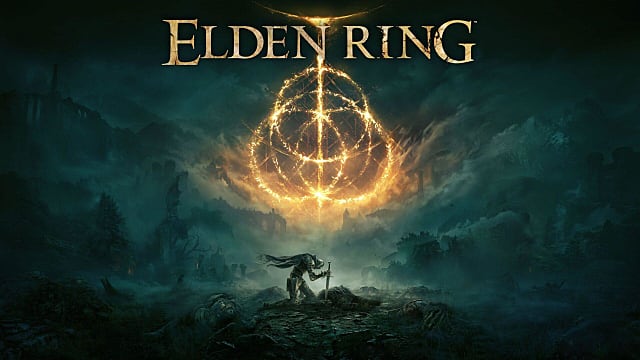
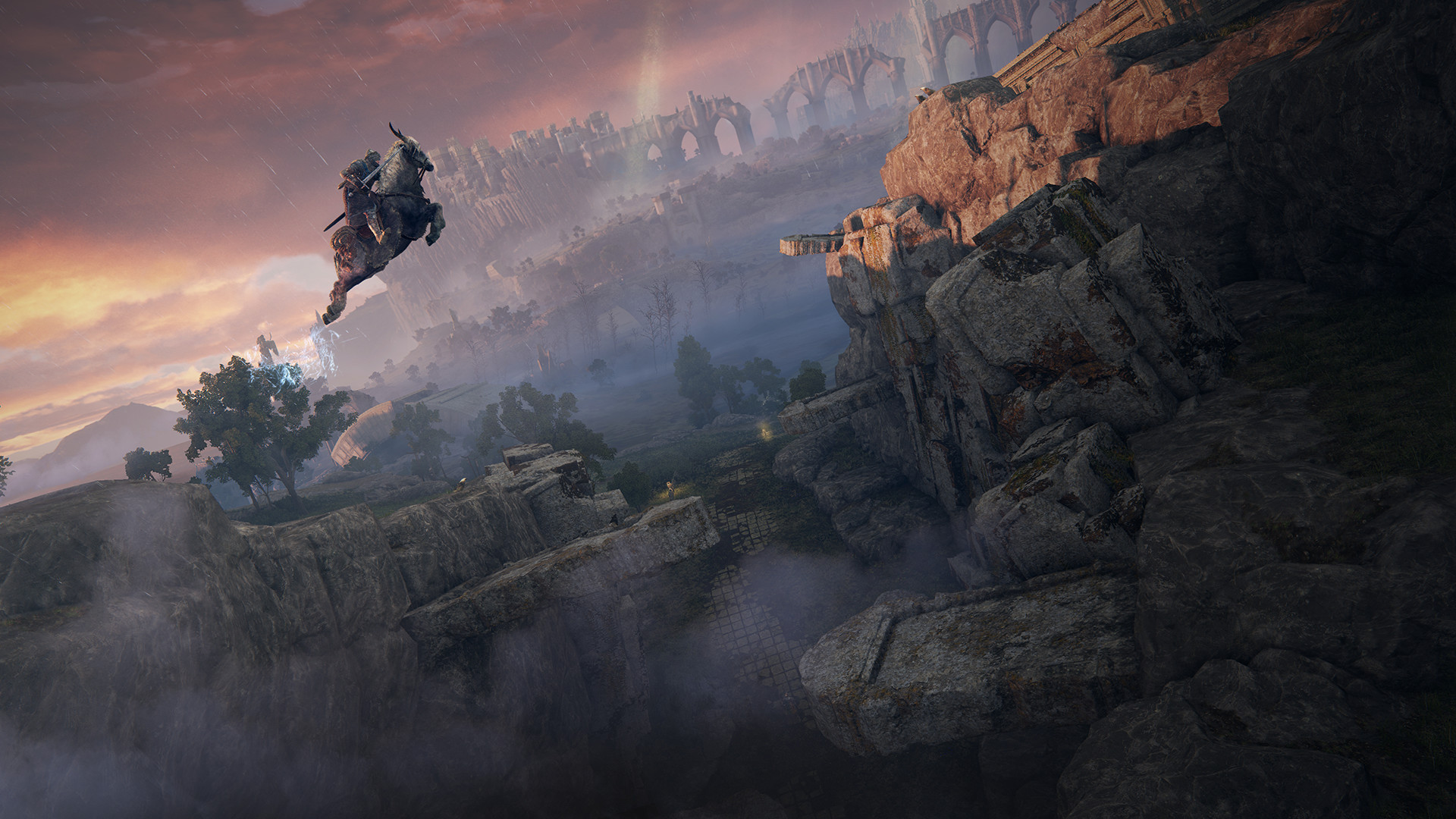
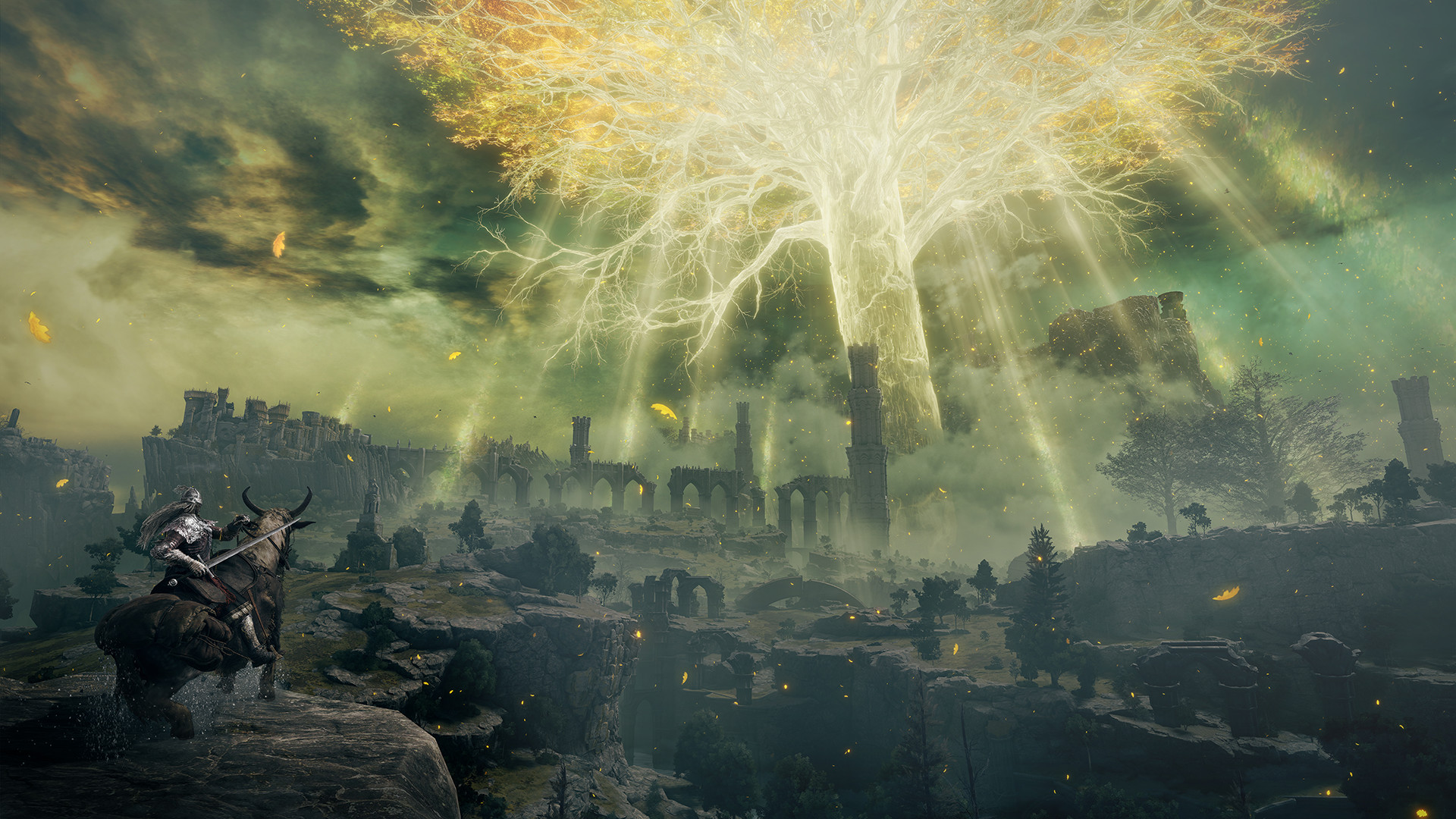
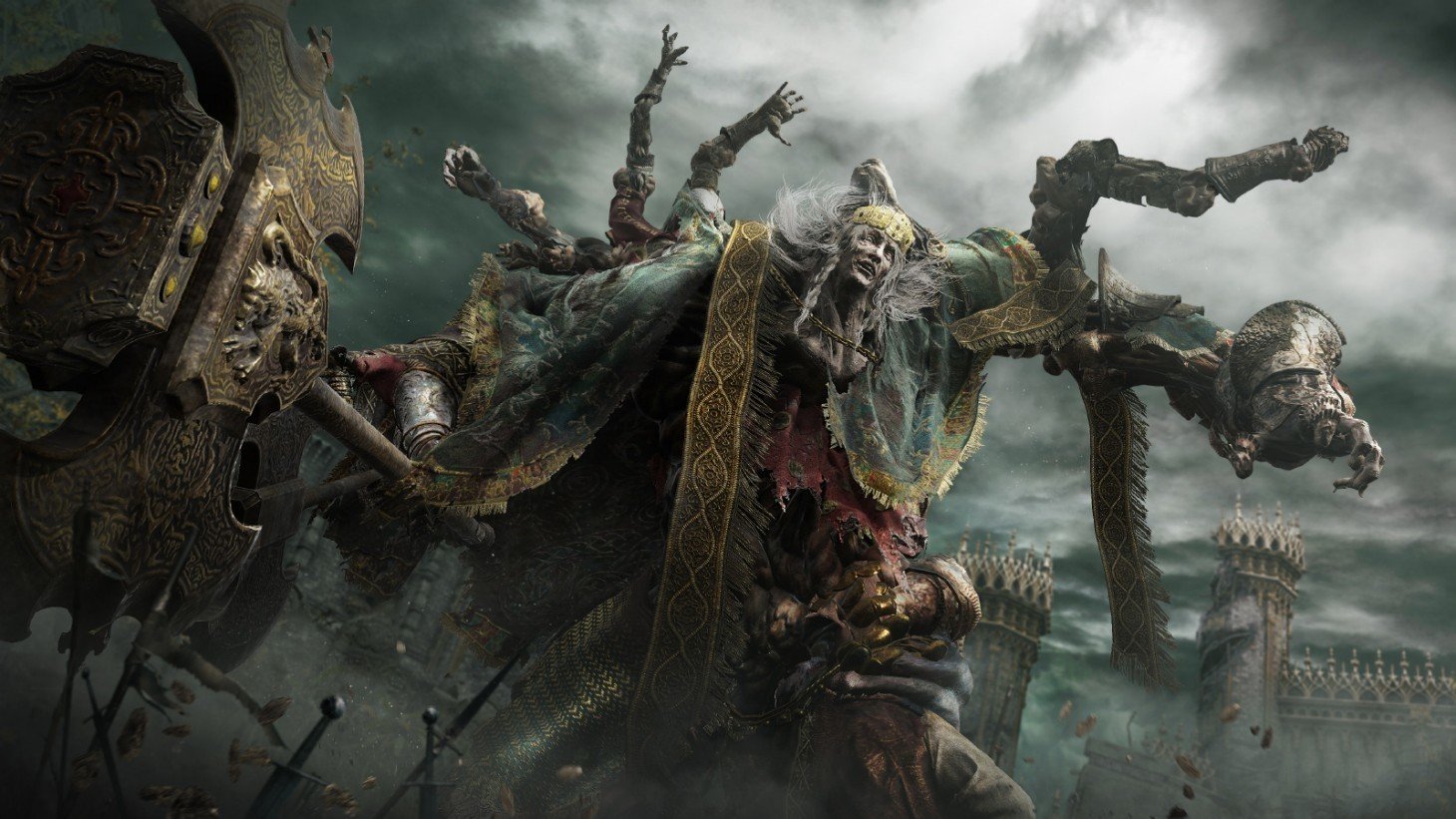
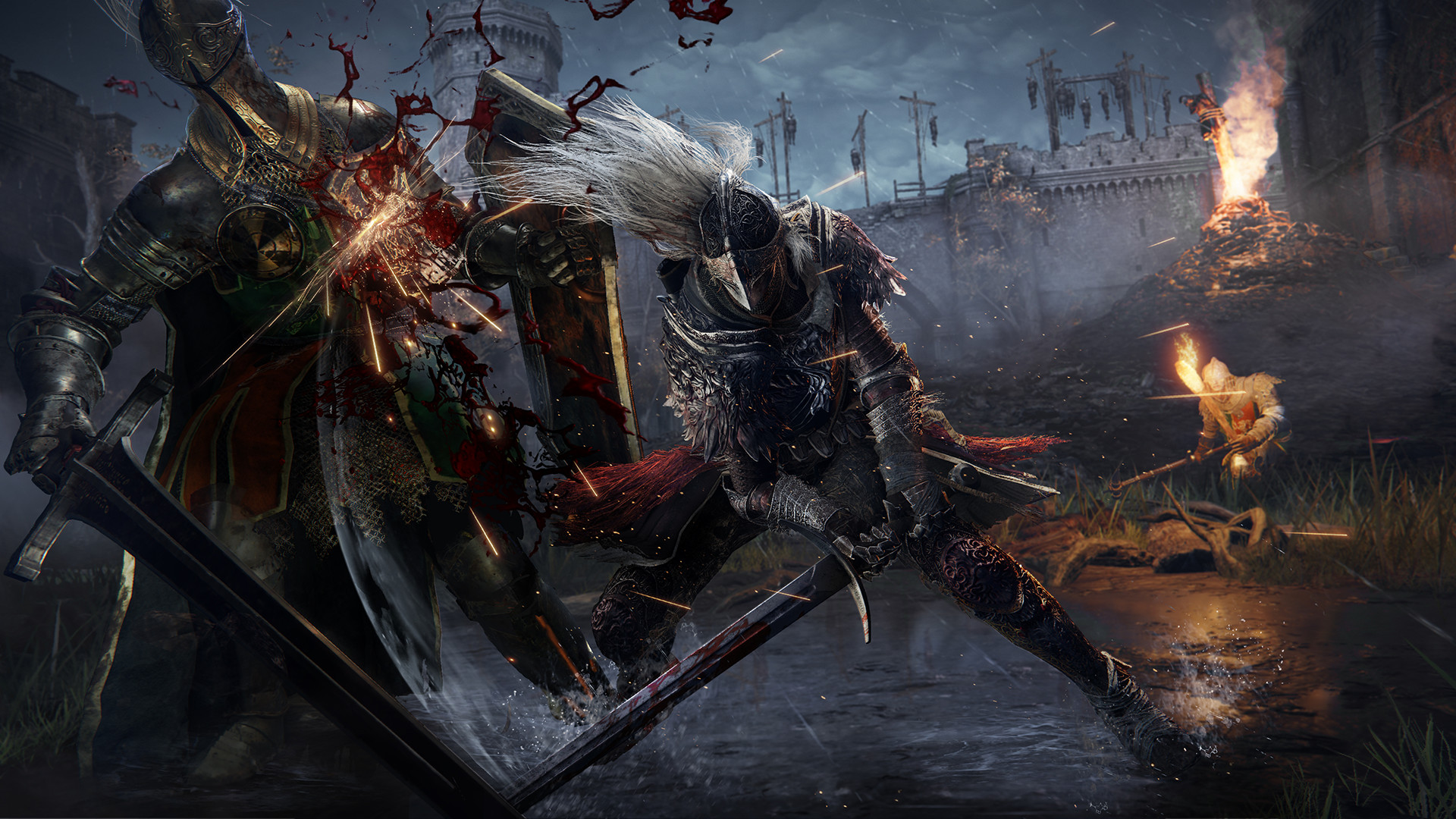
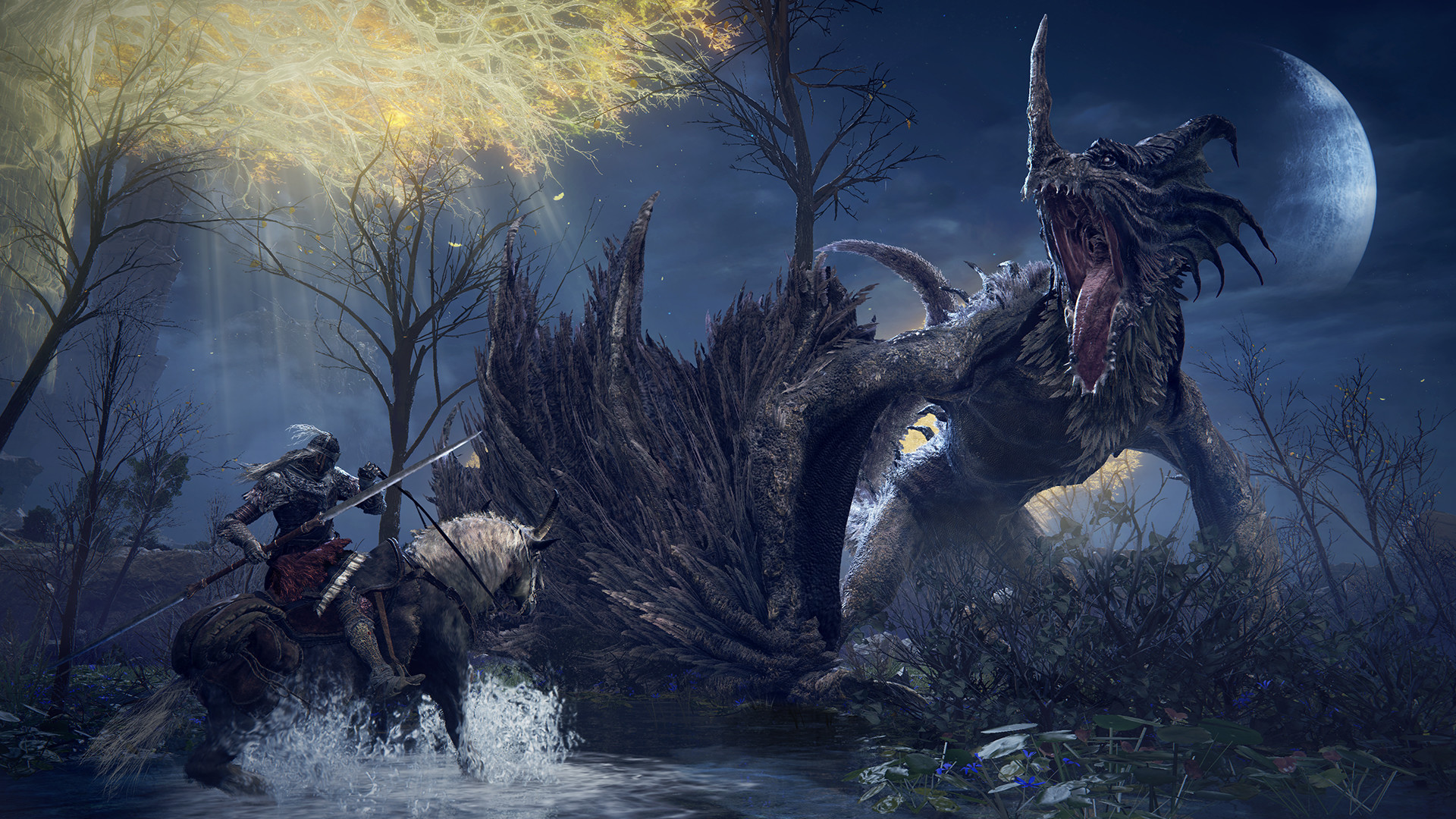
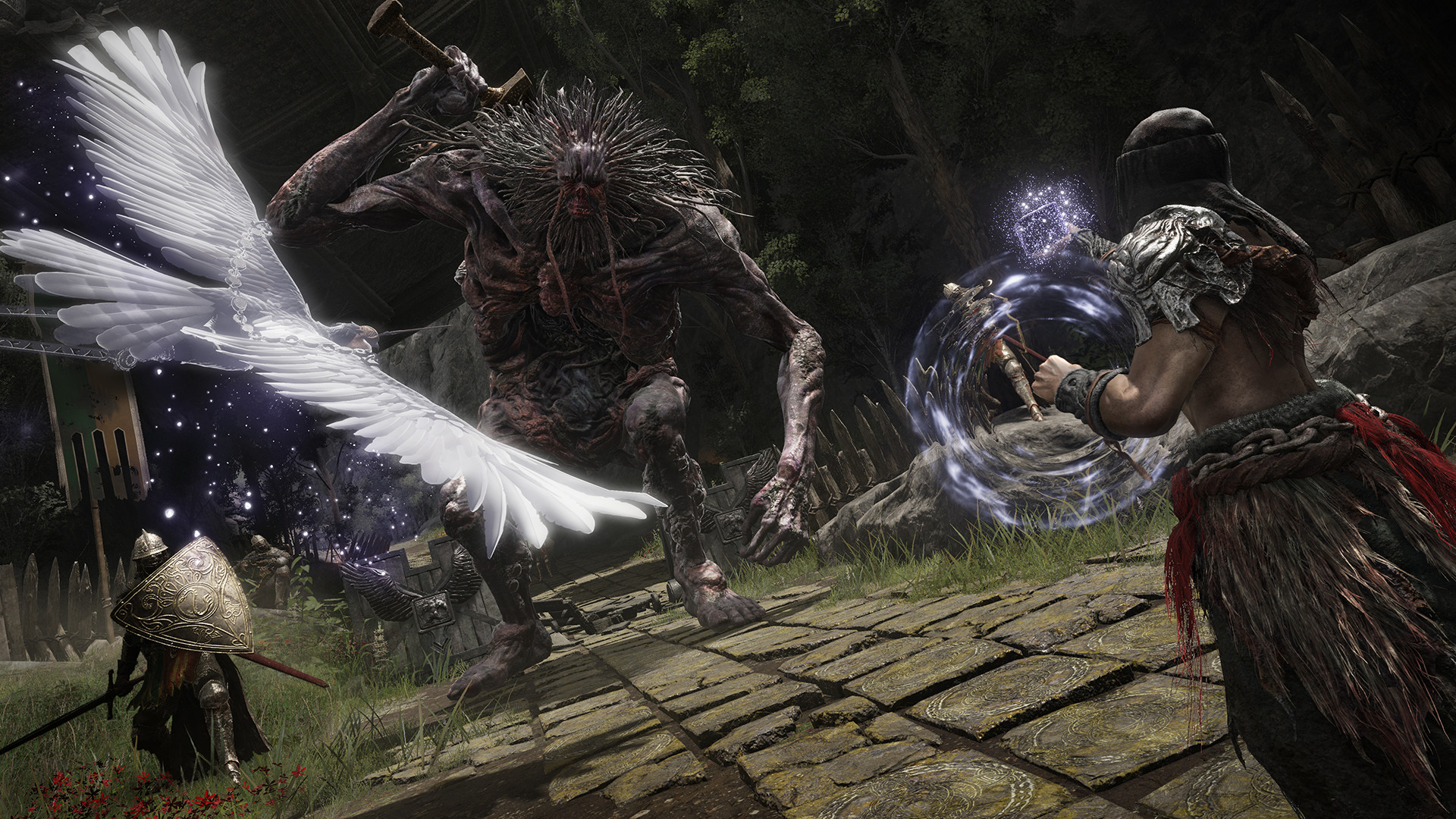
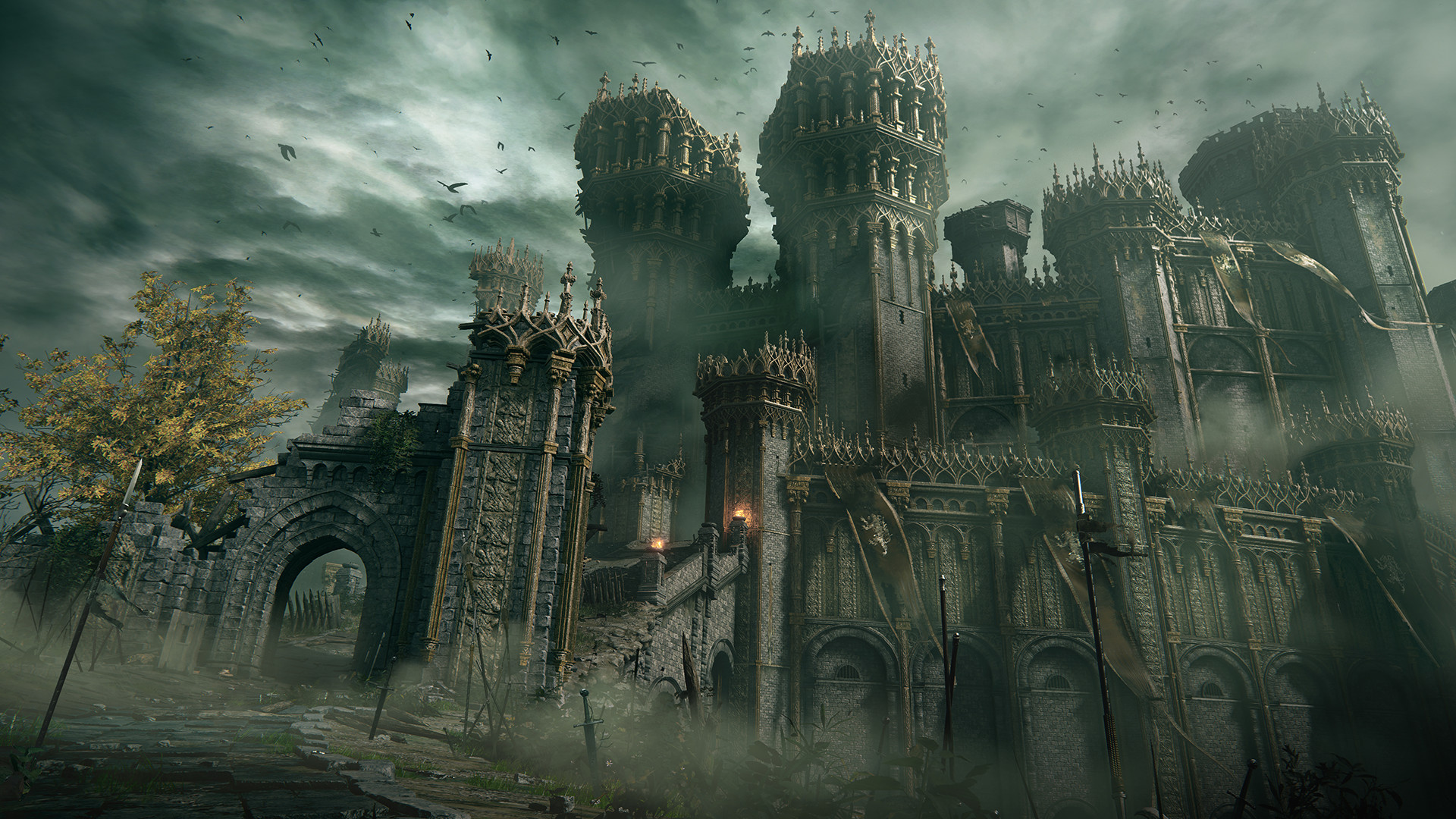
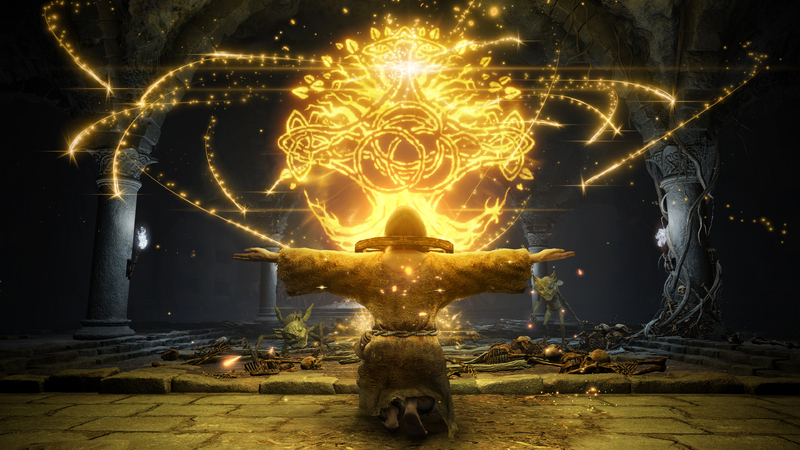








Published: Feb 28, 2022 09:59 pm